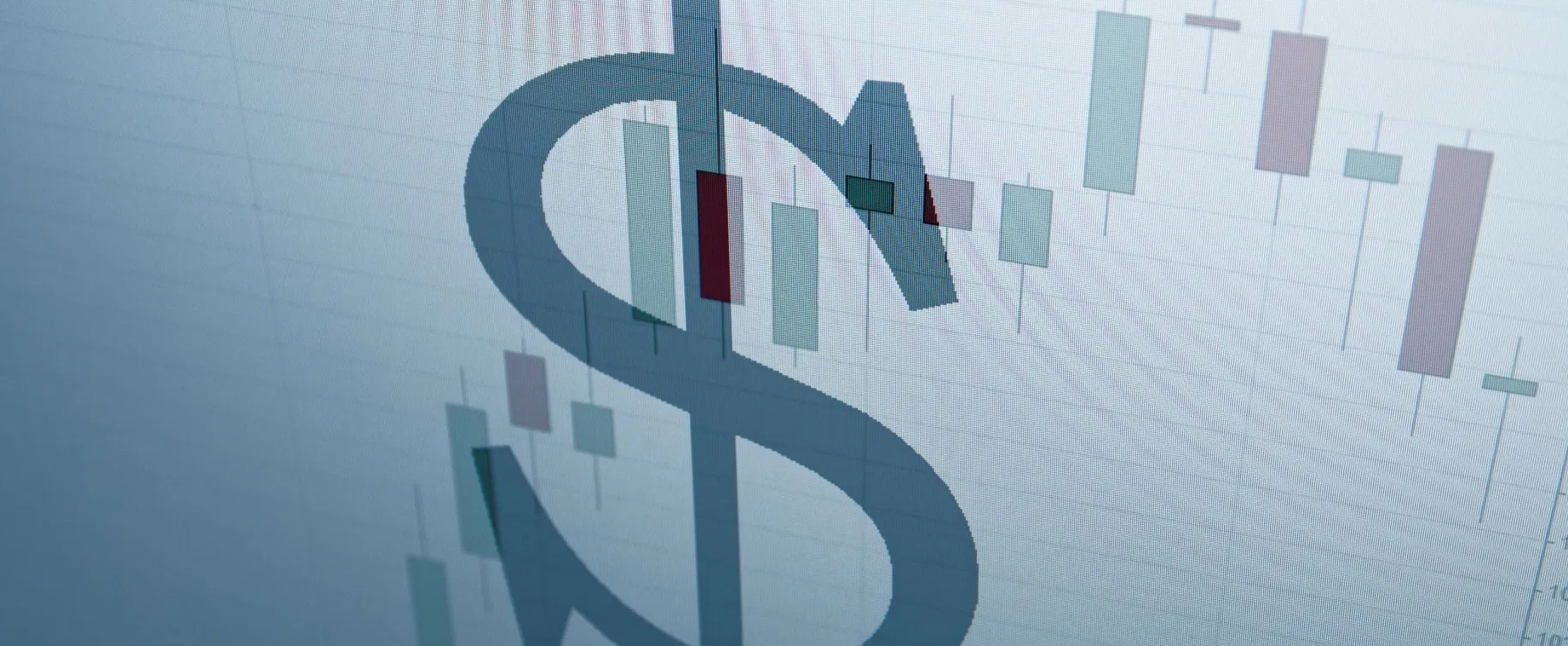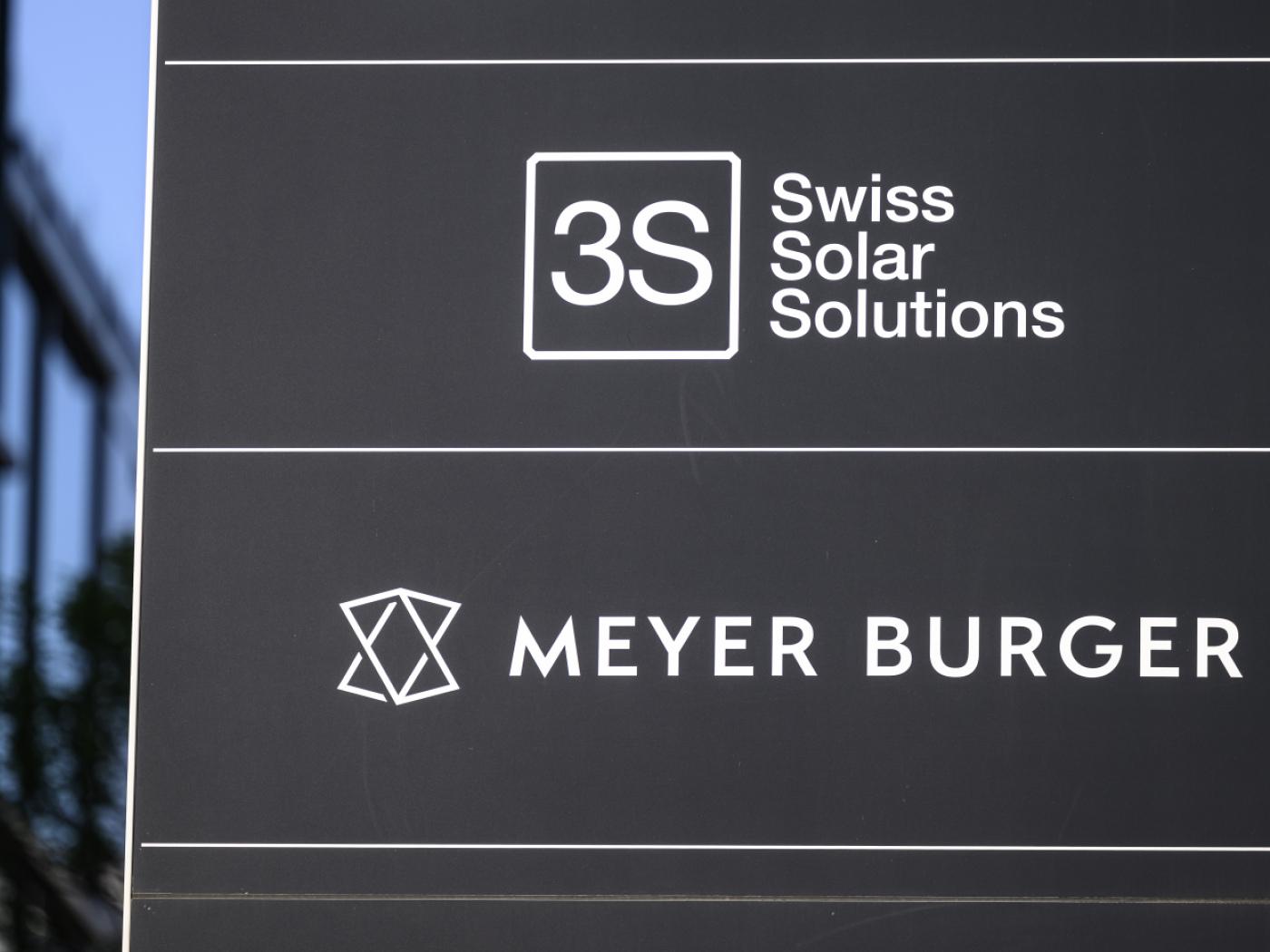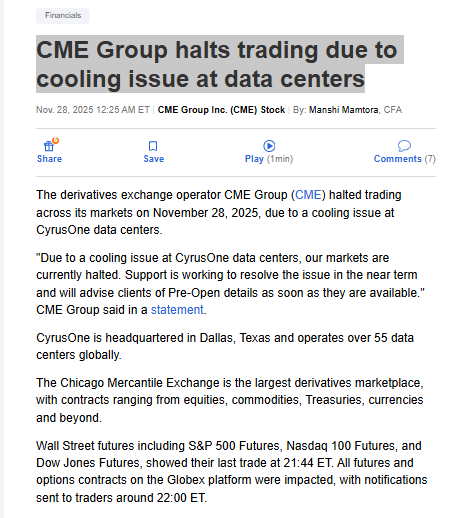- The virus news stream is mixed; the dollar continues to consolidate; US-China tensions continue to rise
- US Treasury wraps up its quarterly refunding; April budget statement is a harbinger of things to come; the next round of stimulus will be contentious
- We got some dovish BOE comments yesterday; UK continues to play Brexit hardball; UK data was slightly better than expected but awful nonetheless
- Japan reported March current account data; RBNZ expanded its QE program and opened the door for negative rates; Malaysia’s Q1 GDP surprised on the upside

The dollar is mixed against the majors as markets await fresh drivers. Nokkie and Loonie are outperforming, while Kiwi and Swissie are underperforming. EM currencies are mixed. MXN and RUB are outperforming, while HUF and CNY are underperforming. MSCI Asia Pacific was up 0.2% on the day, with the Nikkei falling 0.5%. MSCI EM is up 0.3% so far today, with the Shanghai Composite rising 0.2%. Euro Stoxx 600 is down 1.1% near midday, while US futures are pointing to a higher open. 10-year UST yield is flat at 0.67%, while the 3-month to 10-year spread is flat at +55 bp. Commodity prices are mostly lower, with Brent oil down 1.0%, WTI oil down 0.9%, copper down 0.4%, and gold up 0.1%.
The virus news stream is mixed. Countries in Europe continue to take steps to reopening. Germany aims to resume normal passage at its land borders by June 15 as long as the virus numbers remain under control, while the UK begins its “baby steps” with loosening of social distancing rules. On the other hand, Dr. Fauci kept a more cautious tone about the risk of a second wave of outbreak poured cold water on hopes of a fast re-opening. Indeed, he warned that Los Angeles will likely stay closed until July.
The dollar continues to consolidate. DXY is hovering around the 100 area. The euro is trading above $1.08 but remains heavy, while sterling has stabilized after its recent slide and is holding near the $1.23 area. Given the still-high Brexit and EU risks, we suspect both currencies will eventually break lower. Rising US-China tensions (see below) should also give the greenback some safe haven demand, but USD/JPY gains are likely to be capped.
AMERICAS
US-China tensions continue to rise. A day after a US government pension fund was barred from investing in China, Senate Republicans introduced a bill authorizing US sanctions on China if it “fails to cooperate and provide a full accounting of the events leading up to the outbreak” of the coronavirus. The bill would require President Trump to certify within 60 days that China has provided full accounting to any Covid-19 investigation led by the US, its allies, or any UN affiliates. On top of this, the Senate will also table a bill against China’s human rights violations against Muslim minorities. The measure, which foresees sanctions against China, is being championed by Majority Leader Mitch McConnell and could come to the floor this week. As we discussed before, all this stems from the dangerous combination of the proximity to the US elections and polls showing that anti-China sentiment is on the rise amongst both Republicans and Democrats.
The US Treasury wraps up its quarterly refunding. There will be $22 bln of 30-year bonds sold today. The US 10-year auction yesterday went very well. The bid to cover ratio was 2.69 vs. 2.43 previously, and it was priced to yield .70%. This follows a strong 3-year sale Monday. The total of $96 bln on offer compares to $84 bln last quarter and so far, the markets have been able to absorb steadily growing issuance.
April budget statement is a harbinger of things to come. The deficit came in close to consensus a -$737.9 bln expected. With tax payments deferred, receipts plunged -55% y/y. On the other hand, expenditures surged 161% y/y. Indeed, the increased bond issuance in Q2 simply reflects this new reality of huge budget deficits as far as the eye can see. The 12-month total deficit rose to -$1.93 trln, the highest ever and easily eclipsing the previous high from early 2010 around -$1.5 trln. The scary part is that this is just the beginning, as we have $3 trln of spending (and counting) of fiscal stimulus coming down the pike.
That said, the next round of stimulus will be contentious. House Democrats are preparing their own version with no input from Senate Republicans, and reports suggest it will be in the neighborhood of $3 trln. With a focus on aiding state and local governments, health systems, and a second round of stimulus checks, Republican leaders have already rejected it. Majority Leader McConnell said he is instead working on liability protections for businesses. Let’s see how this plays out but it’s clear that the Democrats are using the November elections as leverage.
US inflation readings are largely irrelevant for the markets. PPI will be reported, with headline inflation expected to fall -0.3% y/y vs. +0.7% in March and core expected to fall to 0.9% y/y from 1.4% in March. CPI was reported yesterday, with headline inflation plunging to 0.3% y/y vs. 0.4% expected and 1.5% in March and core falling to 1.4% y/y vs. 1.7% expected and 2.1% in March. Deflationary forces are at work here but there are no immediate policy implications beyond the obvious that US rates will stay low for a long, long time.
Chair Powell speaks today. Fed Funds futures are moving sooner and deeper into negative territory despite the recent pushback from Fed officials. We expect Powell to continue the pushback, and stick with our long-held view that the Fed will never go negative.
EUROPE/MIDDLE EAST/AFRICA
We got some dovish BOE comments yesterday. Deputy Governor Broadbent admitted it’s possible that more easing will be needed and that the MPC is prepared to do what’s necessary. here were two dissents (Saunders and Haskel) at the May 7 meeting in favor of an immediate GBP100 bln increase in QE. If Broadbent has changed his mind, that would mean 3 MPC members now favor more easing. Next BOE policy meeting is June 18 and seems likely to boost QE then. But like the Fed, the BOE has shown willingness to move intra-meeting if needed.
UK continues to play Brexit hardball. Top UK official Frost will reportedly rebuff EU demands that any fisheries agreement be subject to the same enforcement mechanism as the rest of the free trade agreement. Instead, the UK envisages a Norway-style agreement that sets catch limits on an annual basis. The EU’s stance has been to strike a long-term agreement with no annual adjustments, and that a free trade agreement must include fisheries.
UK data was slightly better than expected but awful nonetheless. Q1 GDP came in at -2.0% q/q (-2.6% expected) and -1.6% y/y (2.2% expected). In March alone, the economy contracted -5.8%, with a decline of a similar magnitude in the country’s service and construction sectors. Manufacturing contracted -4.6% m/m. Remember that the UK started off the pandemic already in a weak position due to post-Brexit uncertainty about its relationship with the EU. The country will start it’s reopening with “baby steps” on Wednesday. The BOE is expecting a strong economic recovery back to trend starting next year. We think that’s on the optimistic side, especially given that Brexit risks are rising again. As such, we believe the data will still deteriorate further from here.
Turkey’s current account deficit widened to a nearly 2-year high. The deficit swelled to almost -$5 bln (-$4.5 bln expected), the fourth consecutive month of deficit. Exports fell 18% y/y. The data also showed a decline of $16.6 bln in official reserves due to continued intervention via state-controlled banks coupled with capital outflows. It’s also worth noting a sharp increase ($4 bln outflow) in net errors and omissions, which could be an important warning sign of domestic money leaving the system. The lira is surprisingly stable today, but in line with a relatively good performance of EM currencies. We remain negative on Turkish assets.
Senior German judge that drafted the recent opinion on the ECB’s QE program tried to downplay the ruling. He noted that the German court only wants proof that QE is within the ECB’s mandate, and that the ECB shouldn’t see itself as “Master of the Universe” just because Europe is in crisis. We have no doubt that the ECB has proof. To us, the question is whether the ECB should respond at all. While he may feel justified on a narrowly held basis, we think Judge Huber has lost sight of the bigger picture. That is, EU treaties have placed the European Court of Justice above the national courts. If those national courts start to question that framework, then the European experiment itself is threatened.
This ongoing uncertainty comes as the data continue to weaken. Eurozone March IP came in slightly better than expected but still awful. IP contracted -11.3% m/m vs. -12.5% m/m expected. Eurozone reports Q1 GDP Friday and is expected to contract -3.8% q/q and -3.3% y/y.
ASIA
Japan reported March current account data. The adjusted surplus came in at JPY942 bln vs. an expected JPY1.254trln. While it appears that USD/JPY has put in a near-term bottom near the 106, we suspect rising global risks (Brexit, EU, China) will cap any gains in this pair around 108. Indeed, the pair has traded in this narrow range since mid-April and the 200-day moving average near 108.25 will be tough to break.
Reserve Bank of New Zealand expanded its QE program and opened the door for negative rates. The QE program was almost doubled from NZ$33 bln to NZ$60 bln (nearly 20% of GDP). The benchmark rate was left unchanged at 0.25%, but said it is open to cutting rates further. Indeed, Governor Orr said that sub-zero rates “will become an option in the future” as the “balance of economic risks remains to the downside.” Though we remain skeptical that the RBNZ will go negative, the futures markets now imply negative rates next year. Kiwi is underperforming today and tested the .60 area before steadying.
Malaysia’s Q1 GDP surprised on the upside. GDP came in at +0.7% y/y (-1.0% expected) and -2.0% q/q (-2.7% expected), which was still the slowest growth rate since 2009. Domestic consumption has held up relatively well but we imagine much of the pain – and a recession – will become obvious in subsequent figures. Indeed, we expect Bank Negara to continue cutting rates this year. Recall that Malaysia is a net oil exporter, and that it is perhaps emerging from a period of heightened political uncertainty which began in March with the fall of the Mahathir-led government.
Full story here Are you the author? Previous post See more for Next postTags: Articles,Daily News,newsletter





































